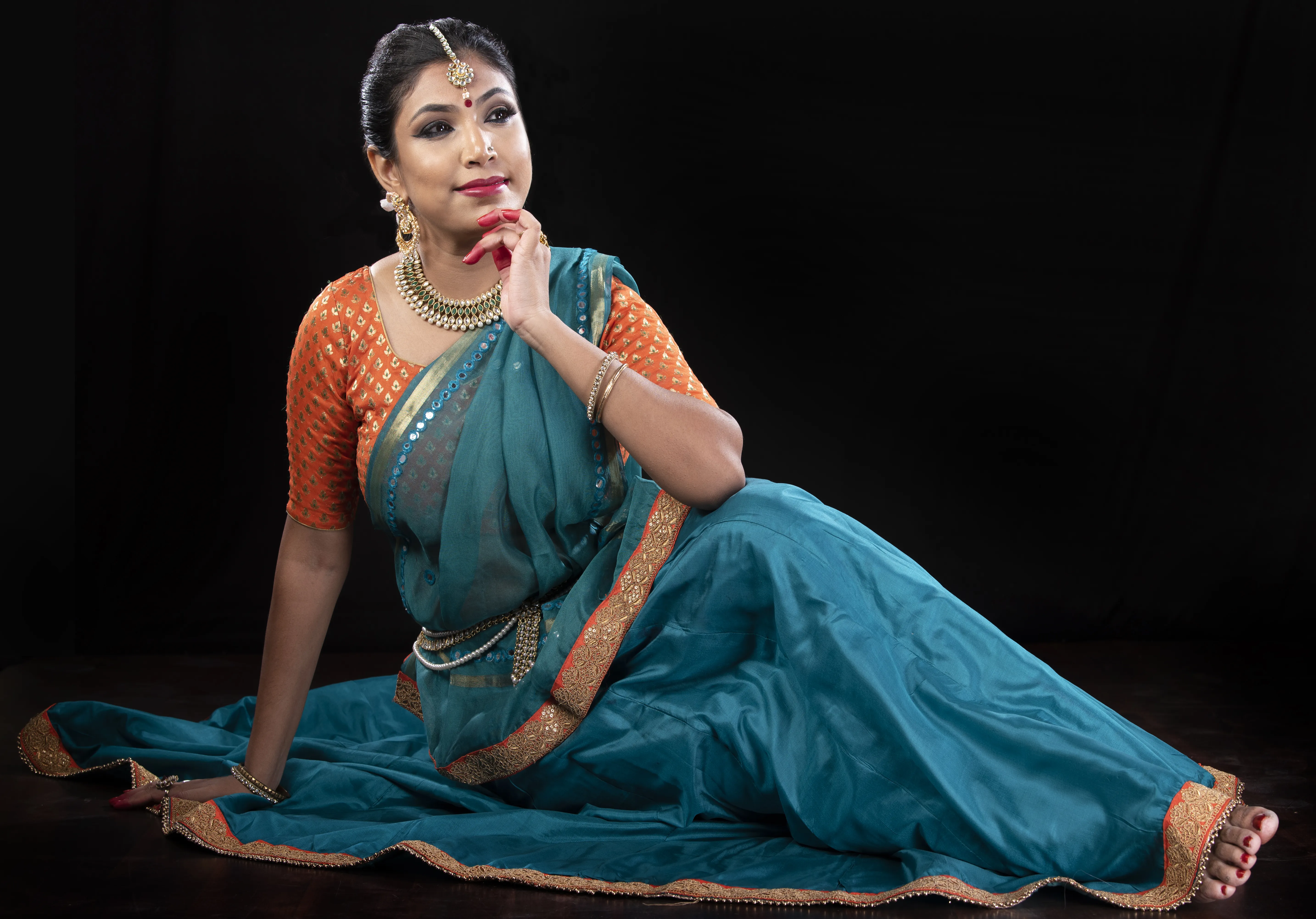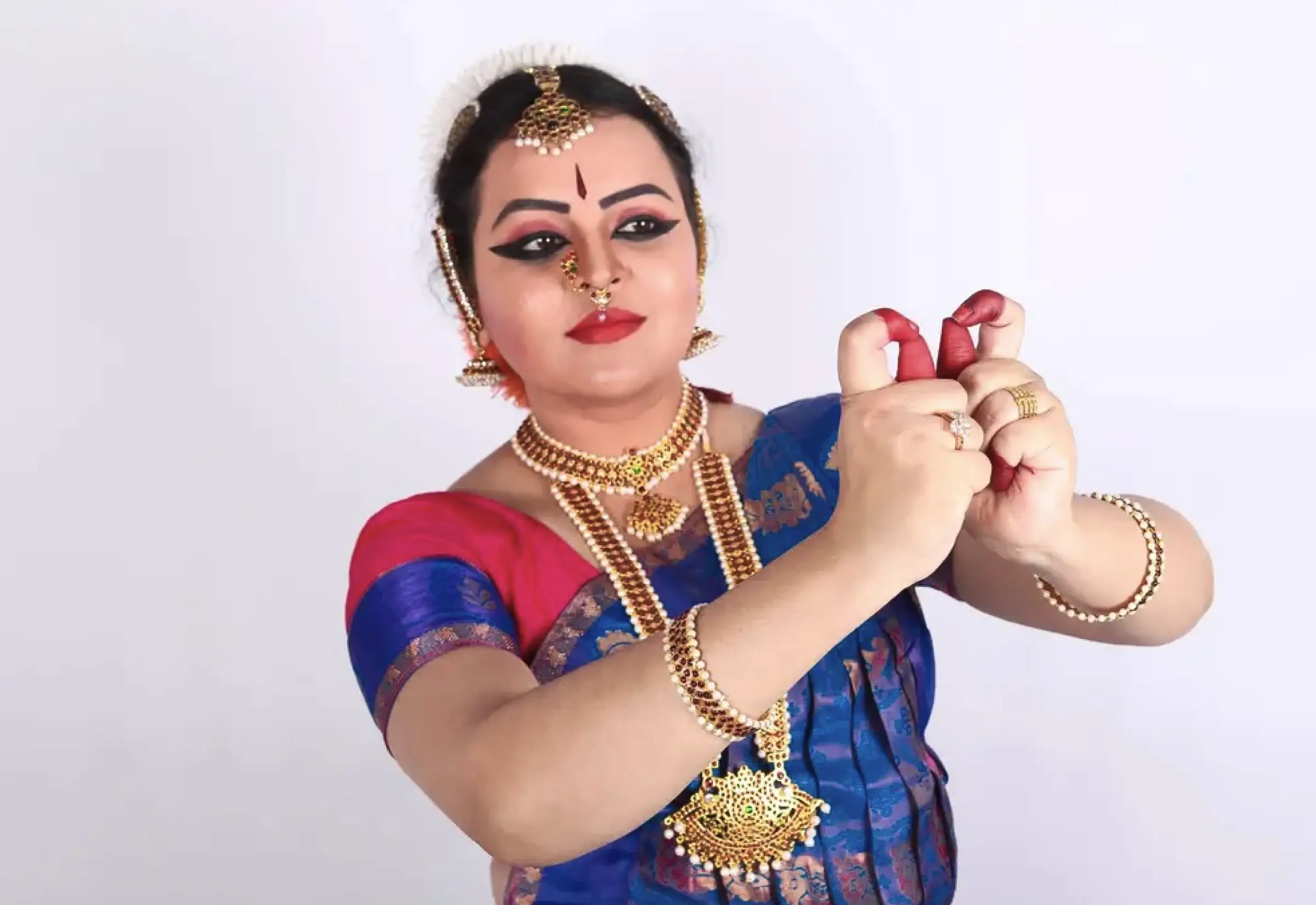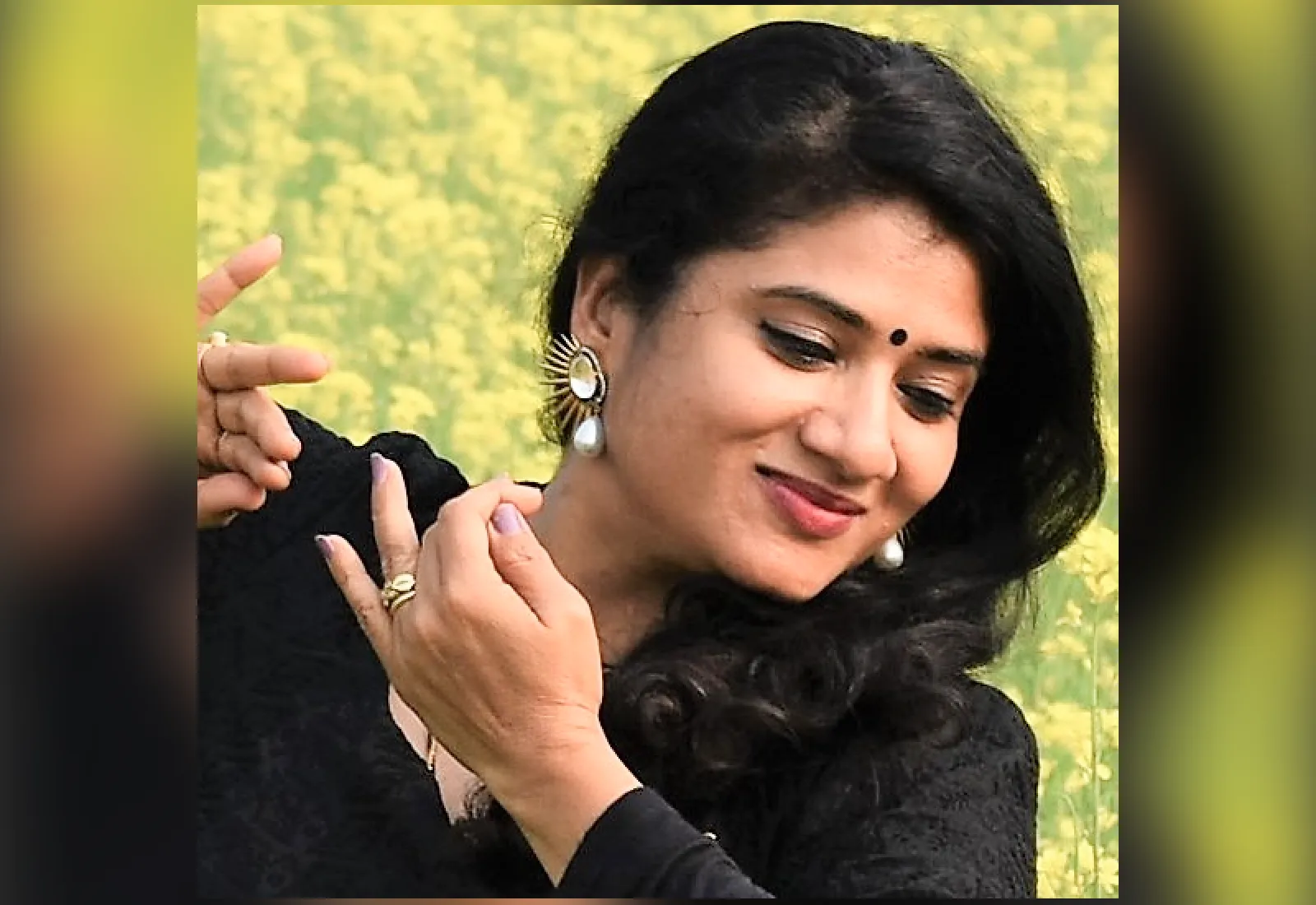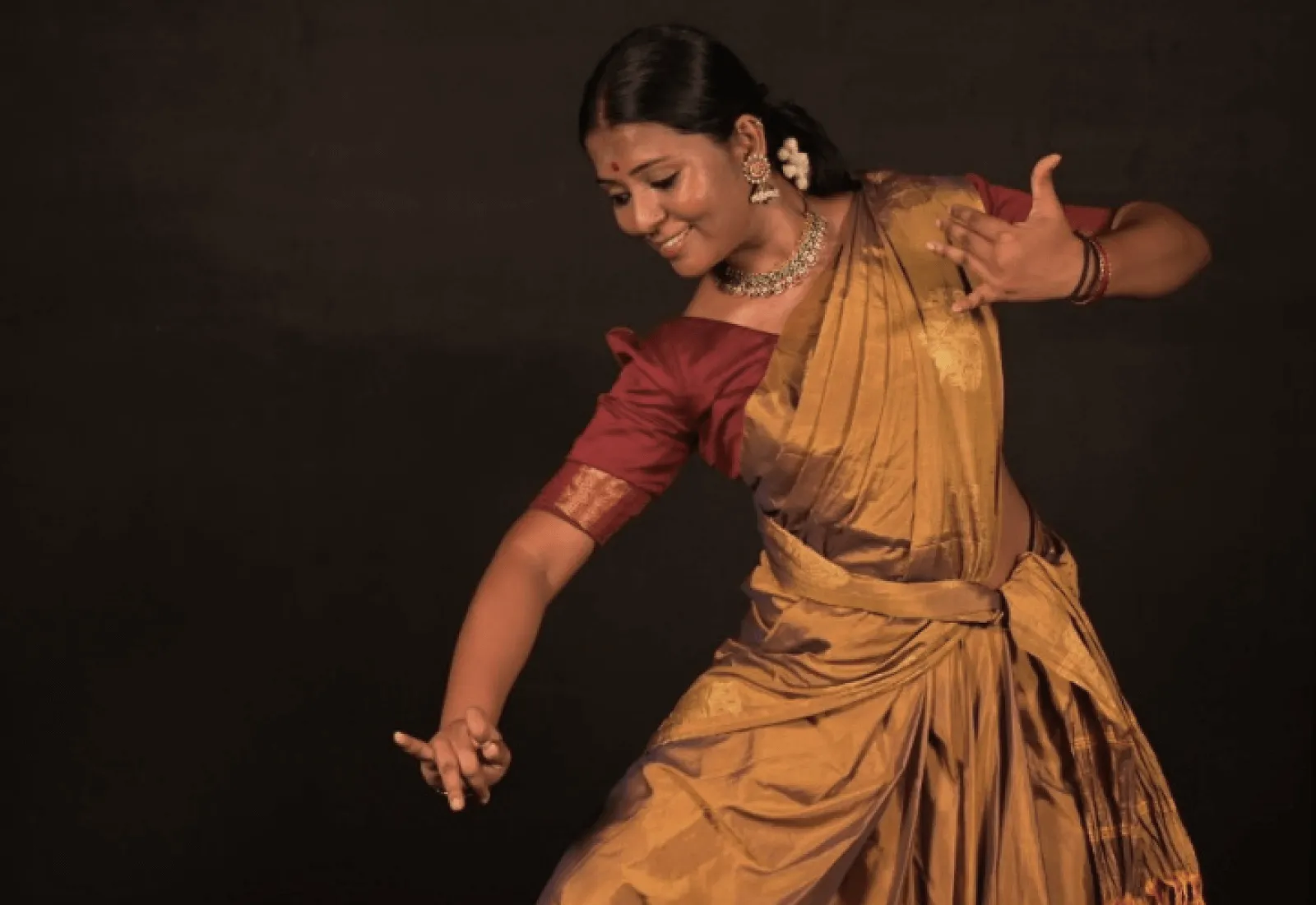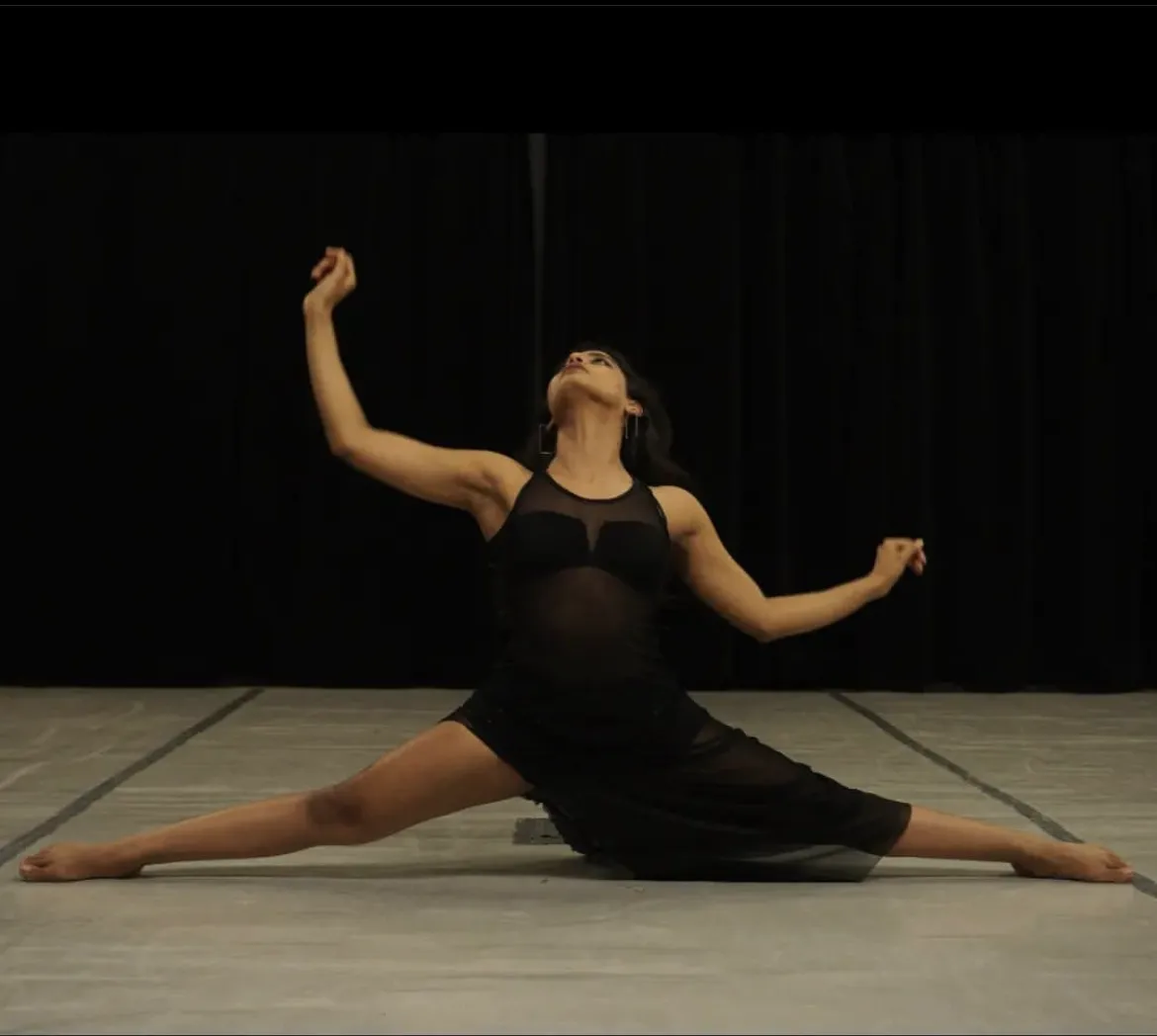10 Western Dance Styles - Always High on Demand
Highly energy-packed, acrobatic, out-of-the-box, versatile, expressive, and highly rhythmic - the first few attributes that come to mind at the mention of Western dance forms. No wonder, they are the most sought-after by the youth.
Each of these dance forms originated from different parts of the world. The earliest memories of Western dance forms reaching the masses were the music videos and performances by American singers, dancers, and performers such as Michael Jackson, Madonna, Prince, and James Brown.
Those were the days when very few could dream of dancing like them. There was an enigma around it. But not anymore.
Off late, thanks to the dance reality shows, people from all around the world and walks of society are getting to watch Western dance forms more frequently. They are motivated by the success stories of the participants. Many have even found their calling in these dance styles.
So, let's get on the job to explore the different Western dance styles, where they came from, and how they are revolutionizing the idea of making dance a mainstream profession across the world.
10 Most Popular Western Dance Styles
1. Salsa
2. Hip-Hop
3. Jazz Dance
4. Open Style Choreography
5. Waacking
6. Belly Dance
7. Ballet
8. Break Dance
9. Disco Dance
10. Contemporary Dance
1. Salsa
Salsa dance is a lively and vibrant partner dance that originated in the Caribbean, with its roots deeply embedded in the Afro-Cuban and Afro-Caribbean dance traditions. The evolution of salsa is a fascinating journey that involves a rich blend of cultural influences and historical developments.
Salsa dance has strong ties to Cuban music and dance styles, particularly the son, rumba, and Afro-Cuban traditions. In the mid-20th century, the major influx of Cuban migrants to the United States led to their interaction with other Caribbean and Latin American communities. It led to a melting pot of cultural influences that began to shape the emerging salsa scene.
In the 1960s and 1970s, the dance evolved in the vibrant neighborhoods of New York City, influenced by Cuban, Puerto Rican, and Latin American dance forms, as well as American jazz and swing.
The fusion of diverse musical genres like mambo and Latin jazz contributed to the development of salsa music, shaping the dance style. Casino Rueda, a group dance from Cuba, influenced the social aspect of salsa.
Salsa's global spread and popularity in festivals and congresses have led to regional variations and continued evolution, making it a dynamic and inclusive dance form that transcends cultural boundaries.
2. Hip-hop
Hip-hop culture developed to voice the struggles of the Afro-Americans and Latino communities in Bronx, New York City, during the 1970s. The hip-hop culture gave rise to different street-style music, dance, and arts.
Hip-hop dance serves as a powerful form of self-expression and identity for its practitioners, allowing them to convey their personal stories, emotions, and perspectives through movement.
Hip-hop encompasses a wide range of styles, including breaking, locking, popping, and more. Each style has its distinct movements, techniques, and cultural influences, contributing to the diversity within the broader hip-hop dance umbrella. Further, it went on to include more dance styles at different phases to constantly innovate and evolve.
Over the decades, hip-hop dance has evolved and expanded globally, becoming a prominent cultural phenomenon through music videos, dance competitions, and mainstream entertainment, shaping contemporary dance and popular culture worldwide.
3. Jazz Dance
Jazz music and dance bear a lot of ethnic influence. If we trace the history of Jazz, we find that the beats and movements were brought to America by African slaves. The bent knee postures, pulsating movements, body isolation, foot stamping, and clapping of the hands are very typical of African dance. Once these dance and music were prohibited by the Slave Act in 1740. However, later, in the 19th century, the whites started enjoying the African style of music and dance and performed them in minstrel shows.
The Africans then traveled to Europe and introduced a new version of Jazz music and dance. In the 20th century, this dance form interacted more with European music and dance styles such as ballet, and Irish jig to bring about variations in the dance styles. Thus, the dance style evolved making its mark in clubs and theaters. Later, it even got featured in Broadway theatres and Hollywood films.
Currently, Jazz is one of the most eclectic and dynamic modern dance forms. It has stood the test of time and has evolved by incorporating elements from other dance forms while holding strong to its rich heritage.
4. Open Style Choreography
Open Style Choreography evolved as different dance styles such as jazz, lyrical, and contemporary styles started getting integrated with Hip-hop dance. "Open style choreography" generally refers to a choreographic approach that is not limited to a specific dance genre or style. It implies a willingness to explore and incorporate movement vocabulary from various dance forms, breaking away from traditional boundaries. Open-style choreography may draw inspiration from ballet, modern dance, jazz, and ethnic dance forms dance styles, among others.
Open-style choreography embraced improvisation as a method for creating movement. Dancers and choreographers explored the spontaneous and unpredictable nature of the movement, allowing for a more organic and personal expression in their work.
Also read - Health Benefits of Dancing - 9 Dance Benefits for Everyone
5. Waacking
Waacking is a dance style that originated in the LGBTQ+ clubs of Los Angeles during the 1970s. The dance style is known for its quick arm movements, posing, and expressive hand gestures, often performed to disco or funk music. Waacking is known for its theatrical and glamorous elements, with dancers using stylized arm movements and creating visually striking lines.
The dance style was heavily influenced by the disco and funk music of the time, with dancers using the rhythm and energy of these genres to create dynamic and expressive movements.
More than the clubs, the dancers were seen performing waacking at events and competitions. The dance style was heavily influenced by Disco and Funk music.
Waacking, along with other street dance styles, has been embraced by contemporary dance choreographers who appreciate its expressive qualities and the unique vocabulary it brings to the stage.
6. Belly Dance
The roots of belly dance can be traced back to ancient cultures in the Middle East, North Africa, and the Mediterranean region. Belly dance likely evolved from a combination of folk dances, including those of the Ghawazee in Egypt, the Awalim in Morocco, and other nomadic and tribal communities.
The Silk Road and other trade routes facilitated cultural exchange between different civilizations, influencing the development of dance forms in the Middle East. Thus Belly dance may have included elements from Persian, Indian, and African dance traditions.
Belly dance gained popularity in the Western world during the early 20th century, particularly through the Golden Age of Cairo in Egypt. Thereafter, the dance form getting featured in Hollywood movies and spreading globally - was a sequential phenomenon that stretched through the 20th century.
Today, belly dance is appreciated worldwide for its beauty, expression, and diverse styles. It continues to be performed in various settings, including cultural events, restaurants, festivals, and on the international stage, contributing to its enduring popularity and cultural significance.
7. Ballet
Ballet, with its origins in the Italian Renaissance courts of the 15th century, evolved from courtly social dances. It gained structure and form in France during the 17th century, notably with the contributions of King Louis XIV and the establishment of the Académie Royale de Danse.
The evolution of ballet continued through the 18th and 19th centuries, marked by the development of narrative storytelling, technical innovations, and the emergence of renowned ballets like "Swan Lake" and "The Nutcracker."
The 20th century witnessed the rise of neoclassical and contemporary ballet, challenging traditional forms. Today, ballet remains a classical art form while embracing diversity and innovation in choreography and technique, with influential companies and choreographers pushing the boundaries of this timeless dance style.
8. Breakdance
Breakdance, or breaking, originated in the South Bronx, New York City, during the 1970s as a fundamental element of hip-hop culture. Influenced by diverse dance forms like martial arts, gymnastics, and funk styles, breaking emerged as a dynamic and improvisational street dance.
The popularity that Breakdancing acquired in the early days was the contribution of the early breakers such as DJ Kool Herc, Grandmaster Flash, and Afrika Bambaataa. Besides them, there were dance crews such as the Rock Steady Crew and the New York City Breakers.
The dance style is characterized by popping, locking, intricate footwork, freezing, and acrobatic moves that involve spinning on the floor and other dynamic dance moves. Breakdancing places a strong emphasis on individual expression and creativity. Dancers develop their unique style, incorporating personal flair into movements, transitions, and performance. Add to this the high rhythmic beats and music.
Breakdance is deeply rooted in Hip-hop culture and community. Dancers collaborate, share ideas, and participate in events to foster a sense of belonging. Another feature of this dance culture is the breaking battles or competitions where dancers challenge each other for an engaging and improvisational dance feat.
9. Disco Dance
The first thing that comes to mind by the very mention of the word - Disco is flashy lights, dancers in flashy sequined dresses, grooving to highly rhythmic songs on the dance floor of clubs or discotheques, and a disco ball hanging from the ceiling.
Disco is primarily a couple dance that features synchronized movements, spins, and turns, creating a dynamic and social dance experience. The dance steps bear the heavy influence of Latin dance styles such as Salsa and cha-cha which was evident in the footwork and other body movements.
Disco's legacy is seen in its influence on street and club dances, and its adaptability has left a lasting impact on social and partner dancing. Elements of disco dance, especially footwork and spins, continue to influence street dance styles such as hip-hop and funk. Contemporary street dancers often incorporate disco-inspired movements into their freestyle routines, creating a dynamic fusion of styles.
Disco dance remains a vibrant and influential force in the present times, permeating various aspects of popular culture, from music videos and dance fitness to street dance styles and fashion trends. Its timeless appeal continues to inspire and captivate audiences across generations, affirming its enduring relevance in the dynamic landscape of contemporary dance and entertainment.
10. Contemporary Dance
Contemporary dance takes after classical ballet, modern dance, and jazz styles. Contemporary dance is a celebration of self-expression, storytelling, and liberation. While drawing inspiration from traditional dance forms like Ballet and Jazz, it boldly deviates from their rigid techniques and established movements.
Contemporary dance emerged as a rebellion against the strict traditions of classical ballet. In a Contemporary routine, familiar elements from traditional styles fuse with acrobatics, martial arts, and fragments borrowed from yoga, giving way to numerous experimental movements that authentically convey the dancer's emotions.
It continues to thrive for its dynamic nature, adaptability, and ability to resonate with the evolving cultural and artistic landscape. As a form that constantly embraces change and experimentation, contemporary dance remains a powerful and impactful mode of artistic expression in the contemporary world.
Conclusion
In the world of dance, Western dance styles shine like a dazzling constellation, each with its unique brilliance. From the elegant precision of ballet to the soulful rhythms of jazz, the rebellious spirit of hip-hop, and the vibrant energy of salsa, these styles paint a diverse canvas of movement and expression. Disco's glamorous groove and breakdance's dynamic spins add dynamic strokes to this ever-evolving masterpiece.
Contemporary dance, the chameleon of the dance world, seamlessly weaves threads of tradition, experimentation, and individuality into its tapestry. It has journeyed through rebellion, collaboration, and innovation, staying relevant in our dynamic world.
As we explore these Western dance styles, we not only witness the evolution of movement but also the stories, emotions, and cultural tapestry they bring to life. So, let the rhythm guide your steps, and may you find liberation and means of expression through dance.
It is truly a dream for many to be a part of this ever-evolving fraternity of dancers. If you too kindle such aspirations in your heart and are looking for a mentor who can guide you to fulfillment, explore online Contemporary dance lessons and many other Western dance classes.



